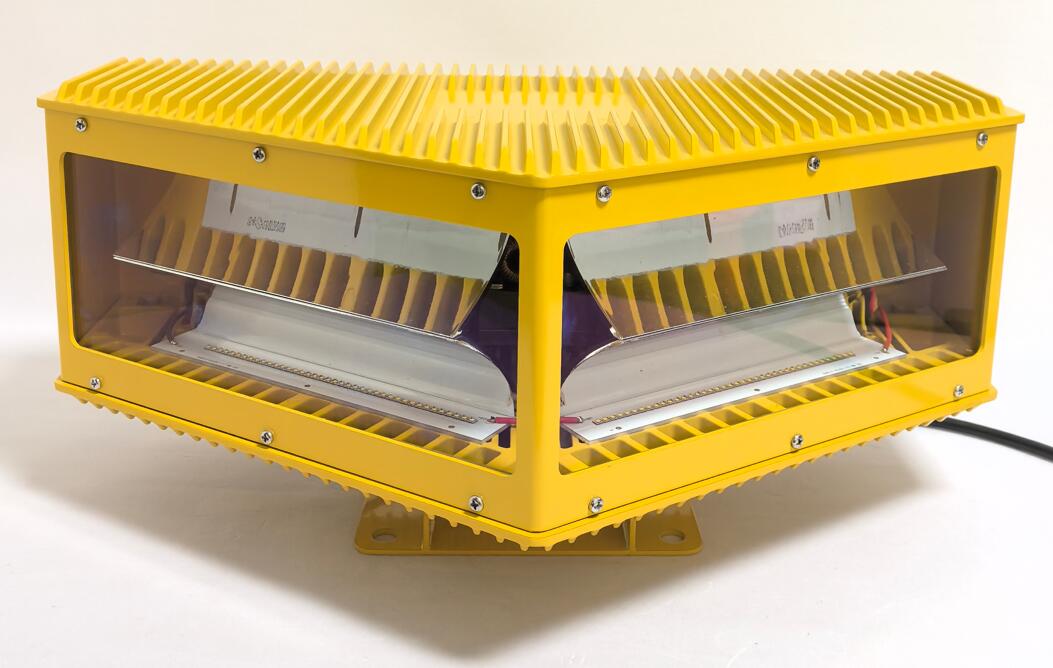Illuminating the Skies: The Critical Role of Aviation Lights for Towers
As urban landscapes grow increasingly vertical, the need for effective aviation lights for towers has never been more crucial. These specialized lighting systems ensure that tall structures—such as skyscrapers, telecommunication masts, and wind turbines—remain visible to aircraft, preventing collisions and enhancing airspace safety. This article examines the importance, types, regulations, and technological advancements of aviation lights for towers, highlighting their indispensable role in modern aviation.
Why Aviation Lights for Towers Are Essential
The rapid expansion of high-rise infrastructure has introduced new challenges for aviation safety. Without proper lighting, towers can become invisible hazards, particularly during nighttime, fog, or stormy conditions. Aviation lights for towers serve as critical visual markers, enabling pilots to identify and navigate around obstacles.

Key functions of these lights include:
Preventing mid-air collisions by increasing structural visibility.
Complying with international aviation regulations to ensure standardized safety measures.
Supporting both manned and unmanned aircraft, including drones, which operate at varying altitudes.
| Aviation Lights for Towers |
Types of Aviation Lights for Towers
Different structures require specific lighting configurations based on height, location, and regulatory requirements. The most common types include:
1. Low-Intensity Red Lights
Used for structures under 200 feet (61 meters).
Provide steady or flashing red illumination.
| Aviation Lights for Tower |
Commonly installed on buildings, cranes, and shorter towers.
2. Medium-Intensity Lights
Suitable for structures between 200–500 feet (61–152 meters).
Available in red or white strobe variants.
Often found on telecommunication towers and power line pylons.
3. High-Intensity White Strobe Lights
Required for structures exceeding 500 feet (152 meters).
Deliver powerful, intermittent flashes visible even in daylight.
Typically used on skyscrapers, wind turbines, and tall masts.
4. Dual Lighting Systems
Combine red steady-burning lights with white strobes for optimal visibility.
Ensure compliance with diverse aviation authority standards.
Regulatory Standards for Aviation Lights for Towers
To maintain global aviation safety, organizations such as the International Civil Aviation Organization (ICAO), the Federal Aviation Administration (FAA), and the European Union Aviation Safety Agency (EASA) enforce strict guidelines for obstruction lighting.
Key regulatory requirements include:
Light Intensity & Flash Patterns – Must meet specified thresholds for visibility.
Placement & Coverage – Lights must be positioned to ensure full structural outline visibility.
Color Coding – Red for nighttime, white for daytime, or dual systems for 24-hour coverage.
Backup Power Systems – Mandatory to ensure functionality during power outages.
Non-compliance can result in penalties and increased collision risks, making adherence to these standards essential.
Advantages of Modern Aviation Lights for Towers
Technological advancements have significantly improved the efficiency and reliability of aviation lights for towers. Key benefits include:
1. Energy Efficiency
LED-based systems consume far less power than traditional incandescent or halogen lights.
Reduced operational costs for tower operators.
2. Enhanced Durability
Resistant to extreme weather, vibrations, and temperature fluctuations.
Longer lifespan minimizes maintenance needs.
3. Improved Visibility & Reliability
Instant illumination with no warm-up time.
Consistent brightness over time, unlike older technologies that degrade.
4. Smart Monitoring & Automation
Remote diagnostics and real-time alerts for malfunction detection.
Integration with IoT platforms for predictive maintenance.
Emerging Trends in Aviation Lights for Towers
The future of aviation lights for towers is being shaped by cutting-edge innovations:
1. Solar-Powered Lighting Systems
Ideal for remote or off-grid installations.
Reduce dependency on electrical infrastructure.
2. Adaptive Brightness Control
Automatically adjusts light intensity based on ambient conditions.
Balances visibility with light pollution reduction.
3. AI & Drone-Assisted Inspections
AI-driven analytics predict potential failures before they occur.
Drones enable safer, more efficient maintenance of high-altitude lights.
4. Integration with Air Traffic Management
Future systems may sync with aircraft navigation data for dynamic hazard alerts.
Challenges & Considerations
Despite their advantages, aviation lights for towers face several challenges:
Light Pollution – Excessive brightness can disrupt nearby communities and wildlife.
Regulatory Variations – Differing standards across regions complicate compliance.
Installation Complexity – High-altitude installations require specialized equipment and expertise.
Aviation lights for towers are a cornerstone of modern aviation safety, ensuring that tall structures remain visible and navigable for aircraft. With advancements in LED technology, smart monitoring, and sustainable power solutions, these systems are becoming more efficient, reliable, and environmentally friendly.
As urbanization continues to push structures skyward, the importance of robust, regulation-compliant lighting cannot be overstated. By embracing innovation and adhering to global standards, the aviation and construction industries can work together to safeguard airspace for generations to come. The evolution of aviation lights for towers is not just about illumination—it’s about ensuring safer skies worldwide.
